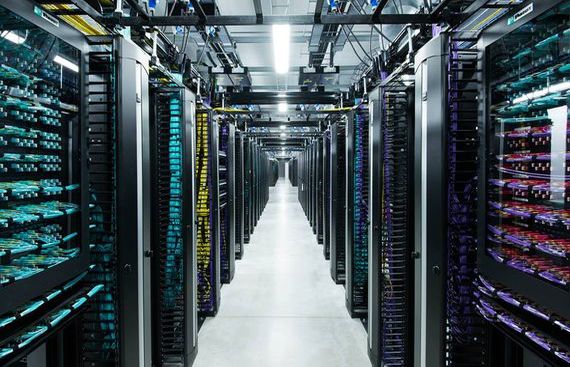How Hybrid Computing Models Became the Next Big Thing for Data Center Industry?

Hybrid architectures are the next big thing and they can allow organisations to control the sensitive data while meeting the demands of the customer. In the new data ecosystem, connectivity and availability will be key factors and as communication can be executed from the core to cloud to edge. Here we discuss the four hybrid computing trends to watch out for in 2020.
1. Being Mainstream
Hybrid architectures are becoming a norm these days, as the concept of the data centre is living and even though the role is changing according to the mix that suits the modern organisations. As part of business trends, cloud computing will be essential to most of the organisations as a slight change in strategy is observed according to the needs of the IT mixing and spending as per the applications.
2. Fast Deployments
As technologies and systems require capabilities, data centre and IT managers will have to select types of equipment at the earliest. Factors like cost, activation, deployment matter a lot, but deployments are indeed the most major factor. The computing continues to migrate to the edge in the currently distributed networks, where delay in deliveries mean lack of service and probably revenue.
3. Batteries
It was expected that lithium-ion batteries will be key in the data centre, and it has a bright future in the UPS battery market. Even though the share is rising in the data centre market, the battery market is extending to the edge sites as well. However, the flexibility of Lithium-ion and other battery alternatives such as thin plate pure lead (TPPL) need to be leveraged to compensate for the costs.
4. Rack Density
The average rack density can boost marginally at its best and the flow in advanced application and workloads related to artificial intelligence (AI), like ML and deep learning. In areas such as defence, advanced analytics, and manufacturing early activity is expected and these racks represent unfamiliar power and cooling challenges that must be addressed. The increasing interest in direct liquid cooling can lead to high-performance computing demands.
